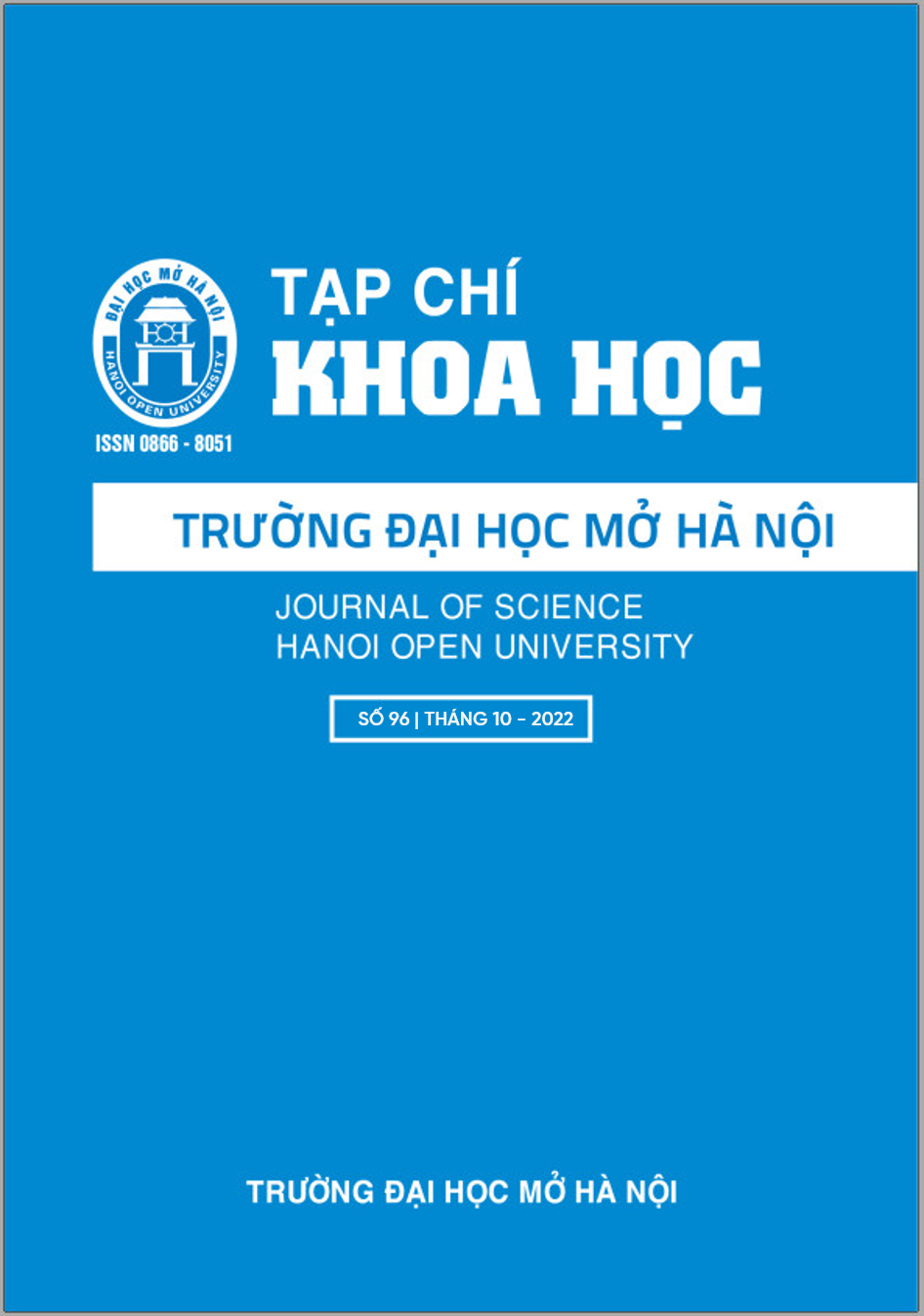IMPROVING THE QUALITY OF ONLINE TEACHING OF POLITICAL THEORY LECTURERS IN UNIVERSITIES TODAY
Từ khóa:
higher education, e-learning, improve quality, Political theoryTóm tắt
E-learning promotes the application of information, communication technology and devices to meet people’s diverse learning requirements in the most convenient way. In the context of Covid-19 epidemic, e-learning is being effectively applied in teaching at all levels, particulary in higher education. In political theory courses, which are mainly theory, it is possible to flexibly apply e-learning. To implement this method well, lecturers and universities must have a thorough preparation process, synchronous innovation content, examination and evaluation methods, and flexible combinations of advanced teaching methods for the best efficiency in teaching. The article focuses on clarifying the following points: the preparation process and online teaching of political theory subjects; achieved results; and some recommendations for solutions to improve the quality of e-learning at universities today.
Tài liệu tham khảo
[1]. Communist Party of Viet Nam, Documents of the 13th National Congress of Delegates, National Political Publishing House, 2021, Page.137.
[2]. Communist Party of Viet Nam, Documents of the 13th National Congress of Delegates, National Political Publishing House, 2021, Page.115.
[3]. Circulars No: 09/2021/TT-BGDDT Ministry of Education and Training Education and Training on March 30, 2021, Regulations on management and organization of online training in general education and continuing education institutions.
[4]. Circular No: 12/2016/TT-BGDĐT Ministry of Education and Training. Education and Training on April 22, 2016, Regulations on the application of information technology in management and organization online training
[5]. Carril, P. C. M., Gonzalez Sanmamed, M., & Hernandez Selles, N. (2013). Pedagogical Roles and Competencies of University Teachers Practicing in the E-Learning Environment. International Review of Research in Open and Distributed Learning, 14(3), 462–487
